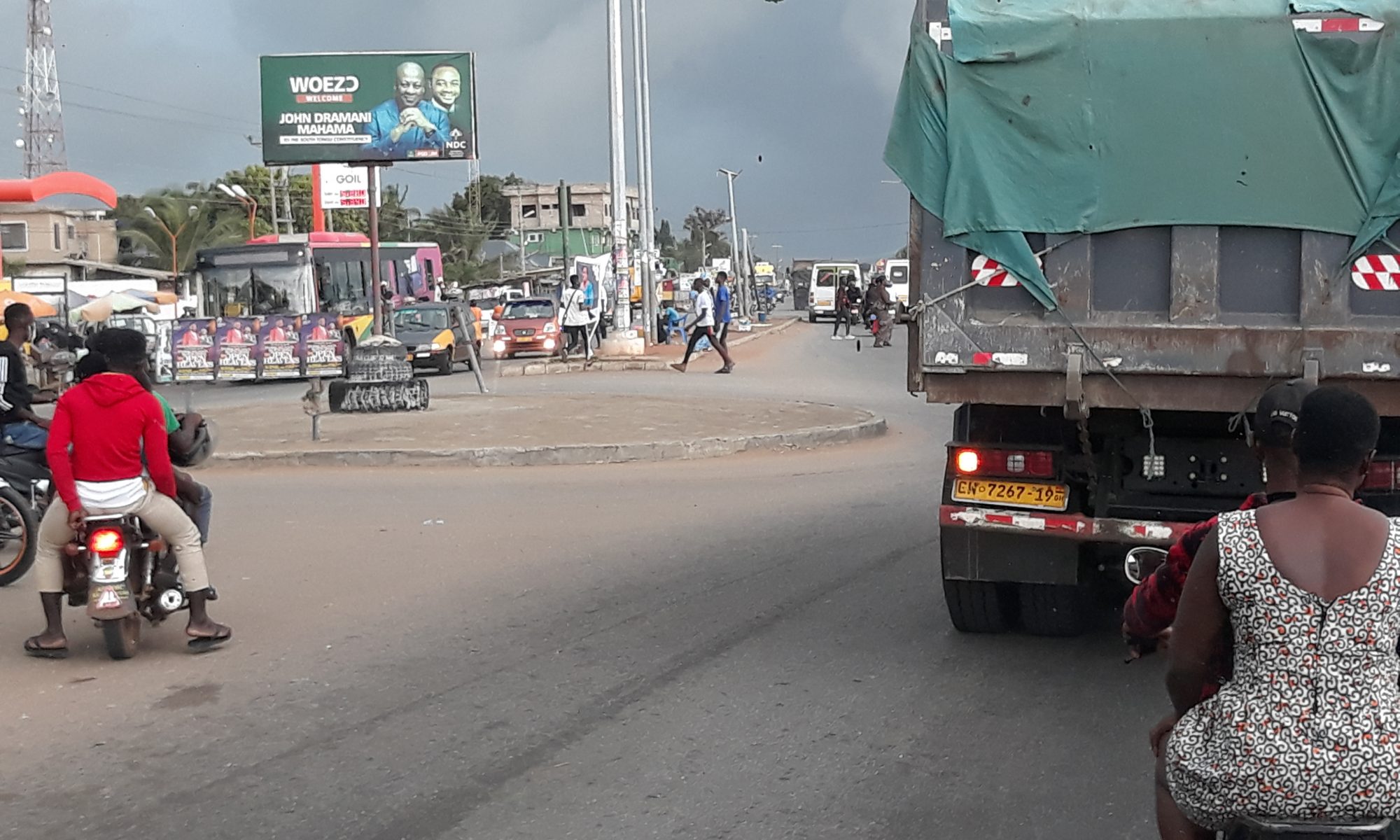Road improvement projects have led to improving accessibility in Ghana in the last decade. Yet, we show in a new paper published this week in African Geographical Review with Dr. Paul Nugent and Ms. Susanna Goewey that accessibility gains remain very unevenly distributed across the country. As Ghana becomes increasingly urbanized, regional disparities tend to grow.
Our study suggests that transport policies hardly managed to reduce accessibility disparities within the country. The population located within half an hour of a city benefited the most from road projects in Ghana, while rural populations saw only a marginal increase in accessibility.
Accessibility gains were also particularly important in the southwestern part of Ghana, where mining, agriculture, and urbanization are fueled by new feeder roads in previously forested areas. By comparison, all northern region have experienced slower growth in accessibility than the national average.
The gap in accessibility between urban and rural regions, and between northern and southern cities is likely to remain significant in the coming years. Even if Ghana manages to improve and develop its national network, the distance that separates the Sahelian and Guinean regions of the country and the sparse population densities between the two regions will remain a formidable obstacle to transport policies.
These results build on a novel accessibility model developed with the OECD to better quantify travel times across North and West Africa. The model calculates how many people can be reached in under four hours by road from any city in 2010 and 2019, depending on the properties of the road network, land cover, and topography.
Funding for the study was provided by the Ghana Land Use Project (GALUP) funded by NASA and USAID.
By Olivier Walther
